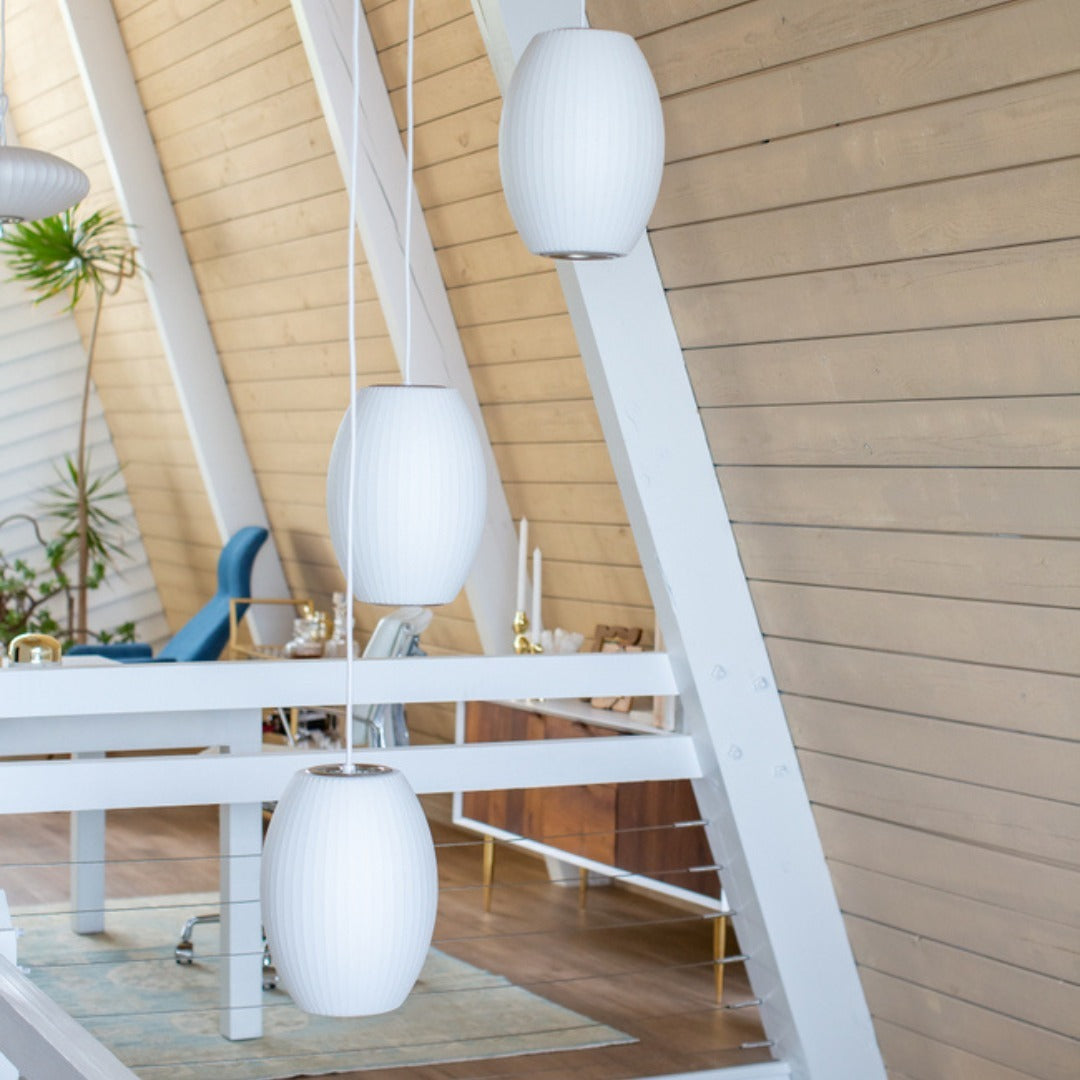Have you ever noticed that being in a place with well-lit and inviting light uplifts your mood and makes you feel at ease? Whereas a room with poor lighting brings feelings of grumpiness and annoyance. Why is that so?
The right lighting has the capacity to transform the entire feel of a space. From creating depth and height to breathing life into any project, good lighting can do wonders. It is an important element in setting the overall mood and ambiance of a space. Expertly placed lighting not only makes a room more welcoming but also has positive psychological and biological effects.
Let’s discover why appropriate lighting carries the utmost importance for any beautiful interior and needs to be considered a priority from the very beginning of a project.
What Are The Benefits Of Having Good Lighting?
Although lighting is as essential as all other interior design elements, it is still an overlooked and neglected aspect. Therefore, to emphasize its importance, we’ve compiled a list of perks below that you can enjoy with good lighting.
Helps Create An Illusion Of Space
With insufficient lighting, a room will feel small and cramped. Adequate levels of lighting eliminate dark and sharp shadows and make the space appear visually roomier.
Lighting Designers, as well as Architects and Interior Designers often rely on large windows and layered lighting to make rooms seem larger than they are. Layered lighting involves the use of different forms of light, including ambient, task, and accent lighting.
This means you can open up a space without any major renovations by simply illuminating all the dark corners of a room.
Enhances Mood And Increases Productivity
Regardless of the size of a space, lighting will enhance mood and improve health and well-being if rightly used.
Additionally, the installation of circadian rhythm lighting can increase productivity and efficiency levels, provide a more restful sleep, and ensure wellness.
Improves Functionality By Simplifying Tasks
Task lighting — used for providing illumination in specific areas — enables you to complete certain tasks efficiently. They take the shape of table lamps, vanity lights, and under-cabinet lights.
When cooking in the kitchen, reading a book in your bedroom, doing a makeover in your vanity, sewing in your lounge, or doing any other task that requires extra illumination, task lighting will help make the job completion a lot quicker and easier. For example, while the ambient lighting stays on, task lighting on the bathroom’s mirror will allow you to eliminate any risk of getting a razor cut while shaving.

Serves As A Decorative Feature
Accent lighting doubles up as decor while highlighting the architectural and attractive features of a space.
Examples include wall sconces drawing attention toward a specific artwork or fairy lights lined up on the edge of a tabletop. Similarly, unique ceiling lights and stylish floor lamps can give the room a new, attractive personality.

What Factors Should Be Considered When Installing Lights?
Good lighting can upgrade the look of a space, but to make the most out of it, some important factors must be kept in mind.
Make sure to remember:
- Color: The color of light or Kelvin depends on the look you intend to achieve. If you want to create a warm atmosphere, a lower Kelvin rating is suggested. A cooler Kelvin rating is appropriate if you want to create a brighter space.
- Intensity: Excessively high intensities may lead to eye strains, and low intensities may lead to reduced productivity.
- Even distribution: Equal levels of brightness shall be spread across the entire area. Sharp shadows shall be avoided.
Adequate lighting can help you strike the right balance between comfort, style, and practicality. So, to create the desired mood and ambiance in your home, remember to include beautiful light in your project planning!




